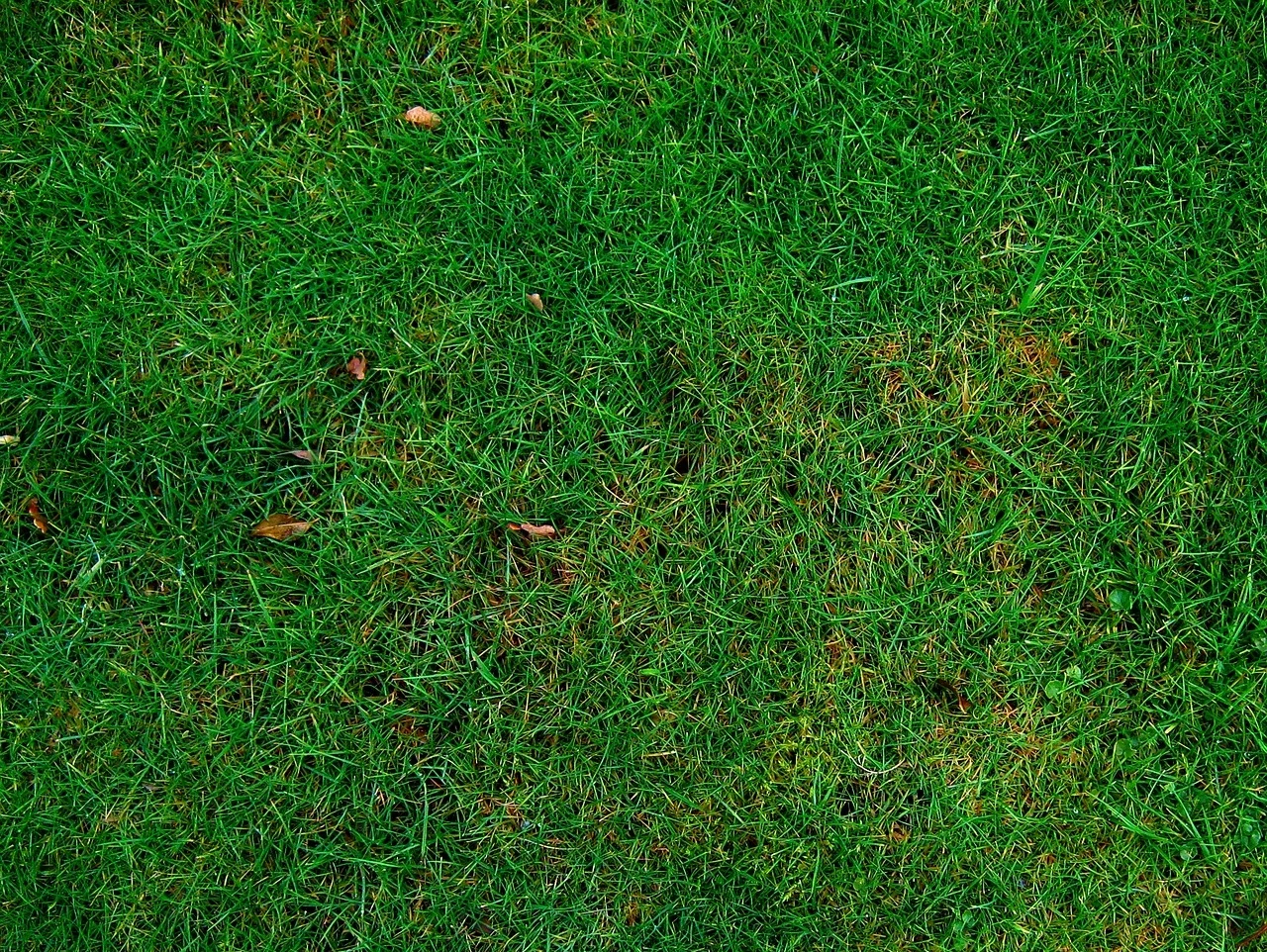Creating a lush, green lawn can seem like a big task. If you live in Gretna, Nebraska, grass seeding is an excellent way to achieve a beautiful yard. This article will give you step-by-step guidance to make the process simple and effective.
Whether you’re starting from scratch or improving your existing lawn, grass seeding is a great solution. By the end of this guide, you’ll know the best time to seed, the right grass types, and how to care for your lawn. Follow these tips, and your yard will look green and healthy in no time.
Why Grass Seeding Matters in Gretna, Nebraska
Grass seeding is the process of planting grass seeds to grow a lawn. In Gretna, the weather changes throughout the year. Summers are warm, while winters are cold. This makes it important to pick the right time and the right type of grass seed.
If you want a strong and healthy lawn, grass seeding is key. It fills in bare patches, prevents weeds, and improves the look of your yard. Seeding your lawn also helps it grow thick and green over time.
Best Time to Seed Your Lawn in Gretna
For Gretna, the best time to seed your lawn is in the early autumn, around September or October. The soil is still warm during this time, and there is often enough rain.
Planting in early autumn allows the grass roots to grow deep before winter. By the time spring arrives, your lawn will be ready to thrive. Avoid seeding in the middle of summer, as the hot weather can dry out the seeds.
Choosing the Right Grass Seed
The type of grass you choose matters a lot. In Gretna, cool-season grasses work best. These grasses grow well in the region’s weather.
Here are some popular grass types:
- Kentucky Bluegrass: Soft, green, and great for lawns.
- Perennial Ryegrass: Grows quickly and is easy to maintain.
- Fescue: Durable and resistant to dry conditions.
Mixing grass types can also be a good idea. This ensures your lawn will stay healthy all year round.
Preparing Your Lawn for Seeding

Before you plant the grass seeds, you need to prepare the ground. This step is very important for success. Follow these steps:
Clear the Area: Remove any weeds, sticks, or rocks from the lawn.
Loosen the Soil: Use a rake to break up the top layer of soil. This makes it easier for seeds to grow roots.
Add Nutrients: Spread a thin layer of compost or topsoil. This gives the seeds the food they need to grow.
Level the Ground: Smooth out any bumps or holes to make the surface even.
Taking time to prepare your lawn will give your grass seeds the best chance to grow.
How to Spread Grass Seed
Spreading grass seed is simple, but you need to do it evenly. Here’s how:
- Use a seed spreader to apply the seeds across your lawn.
- Walk in straight lines to avoid missing spots.
- Press the seeds into the soil using a roller. This helps the seeds stick to the ground.
Make sure you do not spread the seeds too close together. Giving them space helps each seed grow strong.
Watering After Seeding
Water is very important for new grass seeds. Without it, the seeds will not grow. Follow these tips to water your lawn correctly:
- Water Daily: Keep the soil moist, but not soggy. Water every morning for the first few weeks.
- Avoid Overwatering: Too much water can wash away the seeds or cause them to rot.
- Be Consistent: Stick to a schedule to help the seeds sprout.
Once the grass starts growing, you can water less often. But make sure it does not dry out.
Caring for Your New Lawn
After the seeds have sprouted, your work is not over. New grass needs care to grow strong. Here are a few tips:
Mow Carefully: Wait until the grass is 3 inches tall before mowing.
Avoid Heavy Foot Traffic: Stay off the new lawn as much as possible.
Feed the Grass: Use a gentle fertilizer to provide extra nutrients.
Pull Weeds by Hand: Avoid using chemicals on young grass.
Proper care will keep your lawn healthy and green as it grows.
Common Mistakes to Avoid
Here are a few mistakes people make when seeding their lawns:
- Seeding Too Late: If you wait until winter, the seeds may not grow.
- Skipping Soil Prep: Seeds will not grow well in compact or poor soil.
- Not Watering Enough: Without water, the seeds cannot sprout.
By avoiding these mistakes, your lawn will grow thick and beautiful.
Final Thoughts
Grass seeding is the best way to create a lush lawn in Gretna, Nebraska. The process is simple if you follow the right steps. Choosing the best grass seed, planting at the perfect time, and giving it proper care are all essential.
Start your lawn seeding in October and watch your yard transform. With some effort and patience, you’ll have the healthiest and greenest lawn on the block. A beautiful lawn is not far away if you get started now!
Frequently Asked Questions (FAQs)
1. When is the ideal time to plant grass seed in Gretna, Nebraska?
The best time to seed your lawn is in early autumn, around September or October.
2. What type of grass grows best in Gretna?
Cool-season grasses like Kentucky bluegrass, Perennial Ryegrass, and Fescue are ideal.
3. How often should I water my lawn after seeding?
You should water daily to keep the soil moist for the first few weeks.
4. Can I plant grass seed in summer?
It’s not recommended, as the hot weather can dry out the seeds.
5. How soon can I mow my lawn after seeding?
Hold off on mowing until the grass grows to a height of at least 3 inches.
6. What happens if I don’t prepare the soil before seeding?
Without proper preparation, seeds may not sprout or grow well in compact soil.







